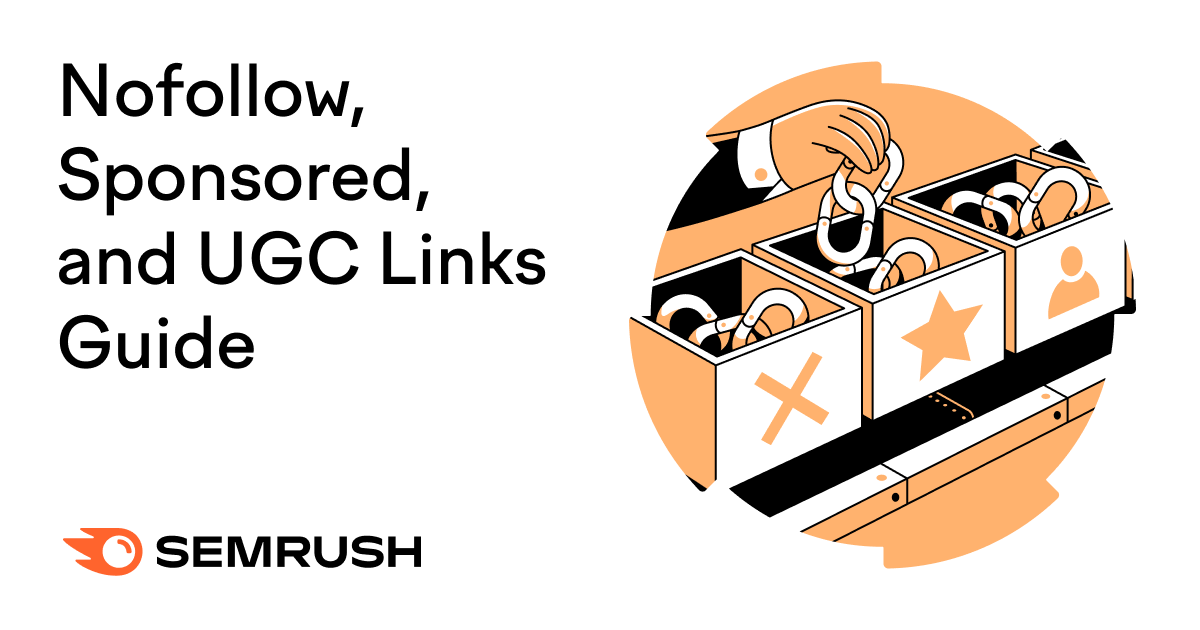
What Is a Dofollow Link?
A dofollow link is a regular hyperlink that doesn’t have a special attribute like “nofollow,” “ugc,” or “sponsored.”
These links allow search engines to crawl them (i.e., scan to understand) and pass on link equity (i.e., ranking strength) to the linked site. Helping improve the linked site’s search engine rankings.
Website owners don’t need to do anything special to create dofollow links. They just have to add a regular link to their page using an anchor tag.
Like this, for example:
Dofollow vs. Nofollow Links
Nofollow links are different from follow links because nofollow links include a “nofollow” attribute.
For example, here’s the same link with the rel=”nofollow” attribute added:
This attribute tells search engines not to crawl the link or pass on link equity to the linked site. So it generally doesn’t contribute to improving the rankings of the linked site.
Why Are Dofollow Links Important?
Follow links are important for both backlink building and improving your site’s internal linking structure.





